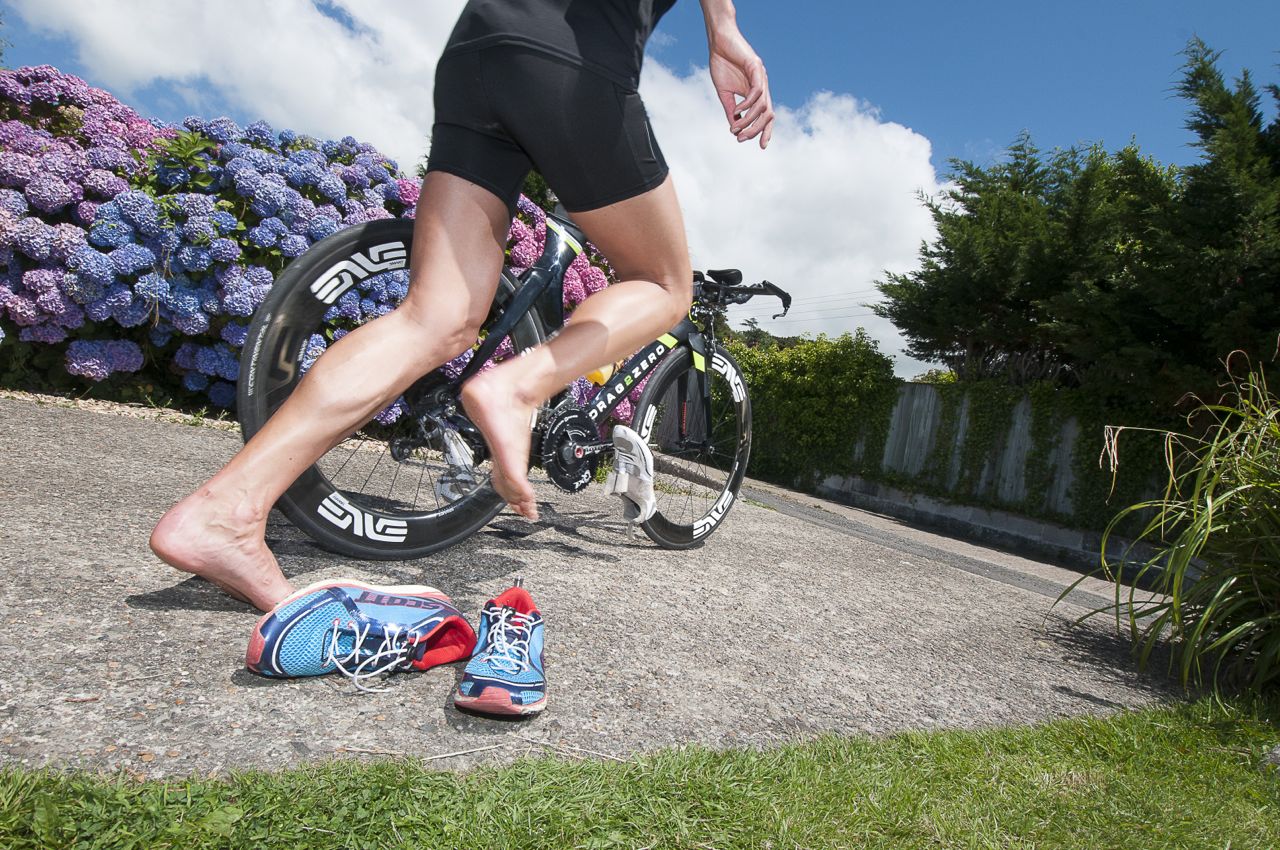What are the parts to a road bike test
To move your chain into the small and large chain ring, you will need to use the left _________ to make this change. When you make this adjustment the _______ __________ moves to make the chain move from the small and the large chain ring.
If your chain comes off your need to push the __________________ forward to assist with reducing tension so you can put the chain back on easier.
To be ‘down in the drops’ your hands need to be on the bottom of the _________________
Your cleats on the bottom of your shoes slot into the ______________
When you select the right gear lever the chain moves up and down the _______________ located on the back wheel. This makes the gears change. The part of the bike responsible for making the chain move up and down is called the _________ ____________
When you are doing single leg drills and you notice a clunking noise coming from you bike. This noise is coming from the __________ . This is due to either incorrect pedaling (non-circular) or having the bike in the wrong gear, usually a gear far too easy.
To take the front wheel off, first you must loosen the _________ ____________ first. Then you can remove the front wheel from between the ________’s and the __________’s
You sit on the ____________. The tube underneath this is called the ________ __________. This joins into four tubes, called the _______ ________, the ________ _________ and the ______________’s. One of these is hidden in the diagram but has the same name. You may need to look at your actual bike to identify this.
The silver or carbon area that comes into contact with the brake pads to slow the bike is called the ________. (not the case with disc wheels).
The tube along the top of the bike that runs parallel is called the _____ _________.
During a bike fit, If a bike needs to adjusted so the handlebars are closer, you can replace a particular bike part to be shorter. This part is called the _______. This is often common for women to have a shorter one, due to having longer legs and shorter torsos, than men. The same goes for people that have longer torsos, you can also get much longer parts to accommodate torso height.
The tube in which the bottle cage is attached to is called the ________ __________.
When you clean your bike you should ensure you degrease and re-oil your ______ . By doing this you ride more efficiently, it helps to take care of your bike, and it stops it from rusting. Another bonus is, if you change your tire, you won’t have black all over your hands. Clean bikes are fast bikes.





